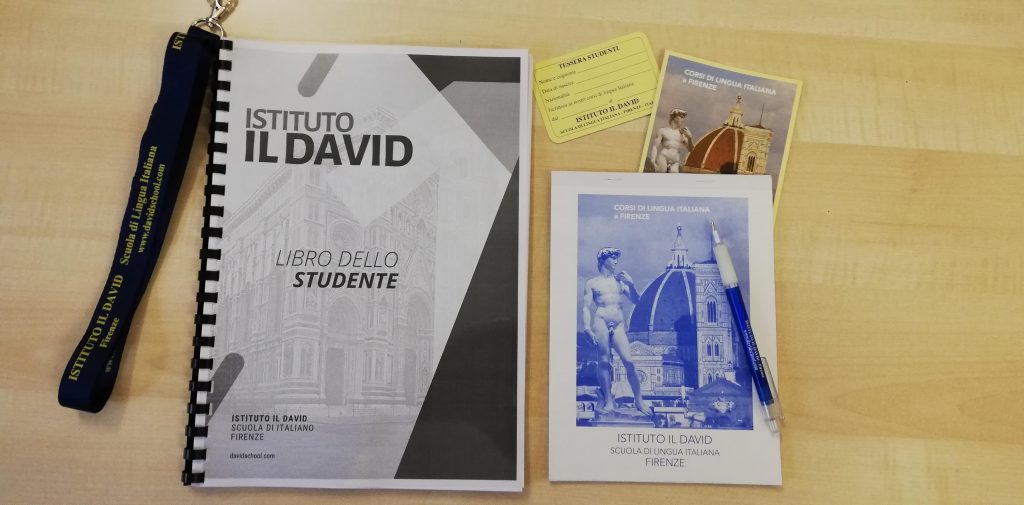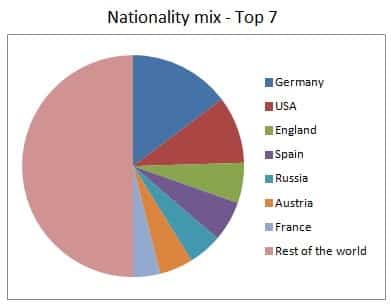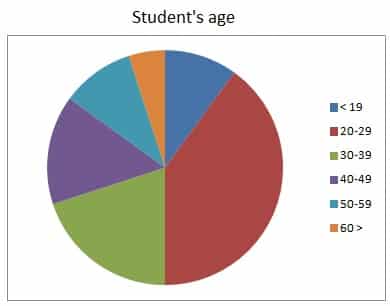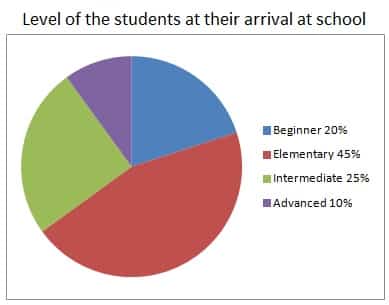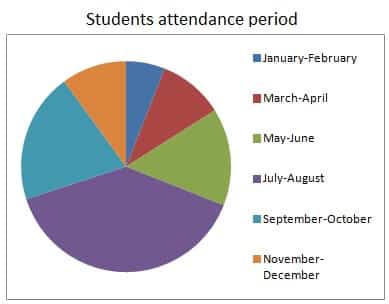STUDY ITALIAN AT SCHOOL
The best way to learn and speak Italian correctly
Studying Italian in an Italian language school is the best way to learn, improve faster, and speak the Italian language correctly.
Thanks to over 35 years of experience, qualified and experienced mother-tongue teachers, their engaging and stimulating lessons, and practical and dynamic teaching programs, studying Italian is easy and fun, and allows you to get excellent and concrete results in a short time.
The educational programs are the result of constant and continuous experimentation carried out during many years of experience, and are constantly evolving based on the best results achieved by our students with our lessons and our courses.
TEACHING METHOD
The teaching method of the Istituto Il David enables students to obtain a good knowledge of the Italian language in a short time.
It provides the development of the four skills: understanding, speaking, reading and writing.
The method places emphasis on grammar, listening comprehension and oral expression. With grammar, the student has the essential basis to build the correct sentences. The development of both listening comprehension and oral expression enables students to understand and to speak properly and fluently.
Classes are held in Italian in order to allow the students to be constantly in touch with the reality of the language.
Alongside the schoolbook, teachers use extra, up-to-date materials. In drafting lesson plans, they also pay particular attention to each student’s characteristics and needs.
THE TEACHERS
All our teachers are Italian mother-tongue speakers and graduated. They are qualified with experience in teaching Italian as a Second Language and are constantly kept updated. They are always at the students’ disposal and help them individually.
Their classes are lively, interesting and entertaining at the same time, also thanks to various teaching materials.
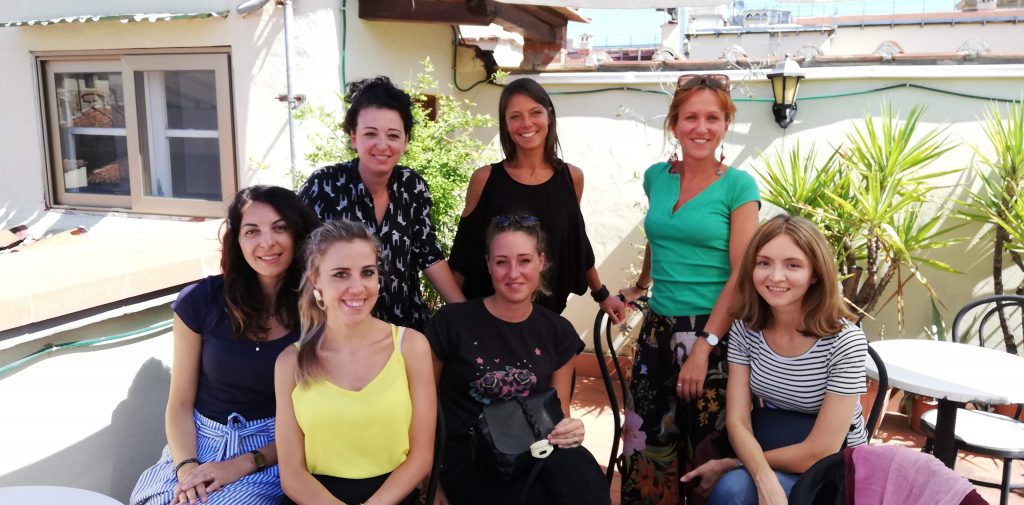
CLASSES AND STUDENTS
The classes have a maximum of 12 and a minimum of 4 students, the average number of learners per class is 7/8.
All the classes are made of students with compatible levels of competence.
Students come from all over the world, creating an international environment that allows an intercultural exchange of opinions and ideas.
Statistics of students enrolled in our Italian language courses during the last 5 years
LEVELS AND CERTIFICATES
Our courses are divided into six levels of language competence: beginners, elementary, lower intermediate, upper-intermediate, advanced, post-advanced.
The levels follow the Common European Framework of Reference for Languages.
A0 No knowledge of the Italian language. It corresponds to the BEGINNER level.
A1-A2 Basic knowledge of the Italian language. It corresponds to the ELEMENTARY level.
B1 Intermediate knowledge of the Italian language with many uncertainties. It corresponds to the PRE-INTERMEDIATE level.
B2 Good knowledge of the Italian language with several missing elements. It corresponds to the INTERMEDIATE level.
C1 Excellent knowledge of the Italian language. It corresponds to the ADVANCED level.
C2 Perfect knowledge of the Italian language. It corresponds to the HIGHER (POST-ADVANCED) level.
At the end of the course, students receive a certificate of attendance that specifies the level achieved and hours completed. Students who wish to take a final examination, they can do so once the advanced or the post-advanced level has been reached. Those who pass it are awarded the David Certificate of Knowledge of the Italian Language.
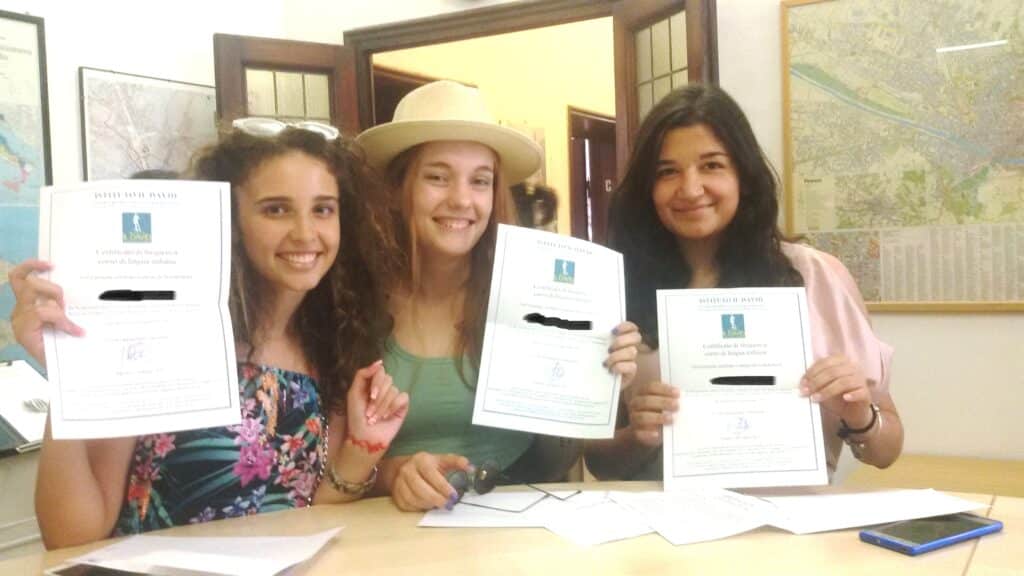
BEGINNING OF THE GROUP COURSE
All absolute beginners should preferably start their classes on the first day of the course, according to the school calendar.
Students with a knowledge of Italian may start courses on any Monday. The shortest attendance time possible is one week.
On the first day of each course, students take an entry test in order to assess their level of knowledge. This does not apply to total beginners, who start their classes straight away as soon as they arrive at school.
After the test, time is dedicated to new students meeting one another and a presentation of the school and of Florence is given, focusing on practical aspects of the city.
